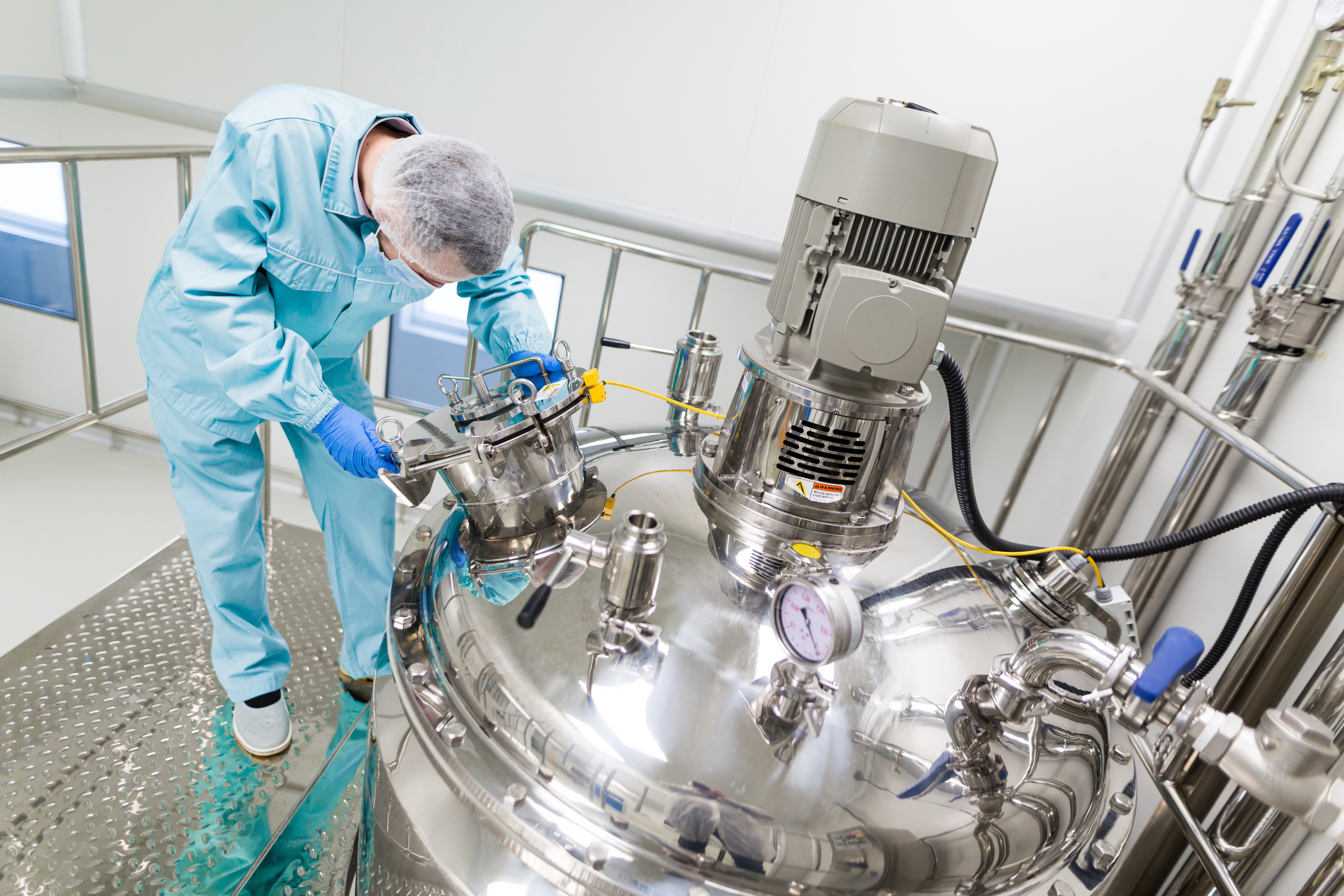
In pharmaceutical manufacturing, product safety and efficiency depend on equipment that is clean and well-maintained. While stainless steel passivation is essential to enhance the corrosion resistance of equipment surfaces, residues left during manufacture can increase the risk of product spoilage. Therefore, riboflavin coverage testing, a method that verifies the effectiveness of cleaning protocols, should also be used alongside passivation.
In this article, we’ll consider the role of riboflavin coverage testing in ensuring that residue is thoroughly removed and that industry standards are upheld.
Validating The Effectiveness Of Cleaning
When cleaning process equipment in pharmaceutical manufacturing, spray devices must deliver adequate coverage to ensure that all surfaces are properly treated. If areas remain untouched, contaminants can linger, increasing the risk of poor product quality and exposing consumers to avoidable risk.
In riboflavin testing, a vitamin B2 compound that fluoresces under ultraviolet light is applied to all parts of the equipment, including difficult-to-reach surfaces, so that operators can visually assess the coverage of cleaning solutions. Residues can be easily spotted and removed, eradicating contamination and mitigating potential risks.
Identifying Cleaning Blind Spots
The complex design of pharmaceutical equipment means that some interior surfaces, such as nozzles, ports, and crevices, can be difficult to clean. Because of its fluorescent properties, Riboflavin is an excellent marker that enables blind spots to be identified and assessed.
During testing, any areas that lack fluorescence indicate insufficient coverage during the cleaning process. Enhanced visibility allows operators to adjust cleaning procedures or equipment design to ensure comprehensive sanitation. In this regard, the riboflavin coverage test is invaluable in evaluating how effectively spray devices achieve full coverage of internal surfaces, including critical areas such as nozzles and ports.
Meeting Regulatory ASME BPE Standards
The ASME BPE (Bioprocessing Equipment) Standards outline the essential requirements for the cleaning and sanitisation of systems and components, including those cleaned in place (CIP'd) or steamed in place (SIP'd). Compliance is crucial in pharmaceutical manufacturing, as the standards outline requirements for the design and construction of equipment used in bioprocessing to ensure product purity and safety. Riboflavin coverage testing aligns with these guidelines by verifying that cleaning processes are effective, and that equipment meets the necessary hygienic standards.
Strengthening Quality Assurance
As well as ensuring regulatory compliance, riboflavin testing can be utilised to strengthen quality assurance, particularly after equipment modifications or maintenance where alterations might introduce new cleaning challenges. By conducting riboflavin tests post-modification, manufacturers can ensure that cleaning remains comprehensive and effective, thereby maintaining product quality and safety.
Find Out More
For information about our riboflavin testing, please get in touch with Inox Passivation today.
No Comments Yet
Let us know what you think